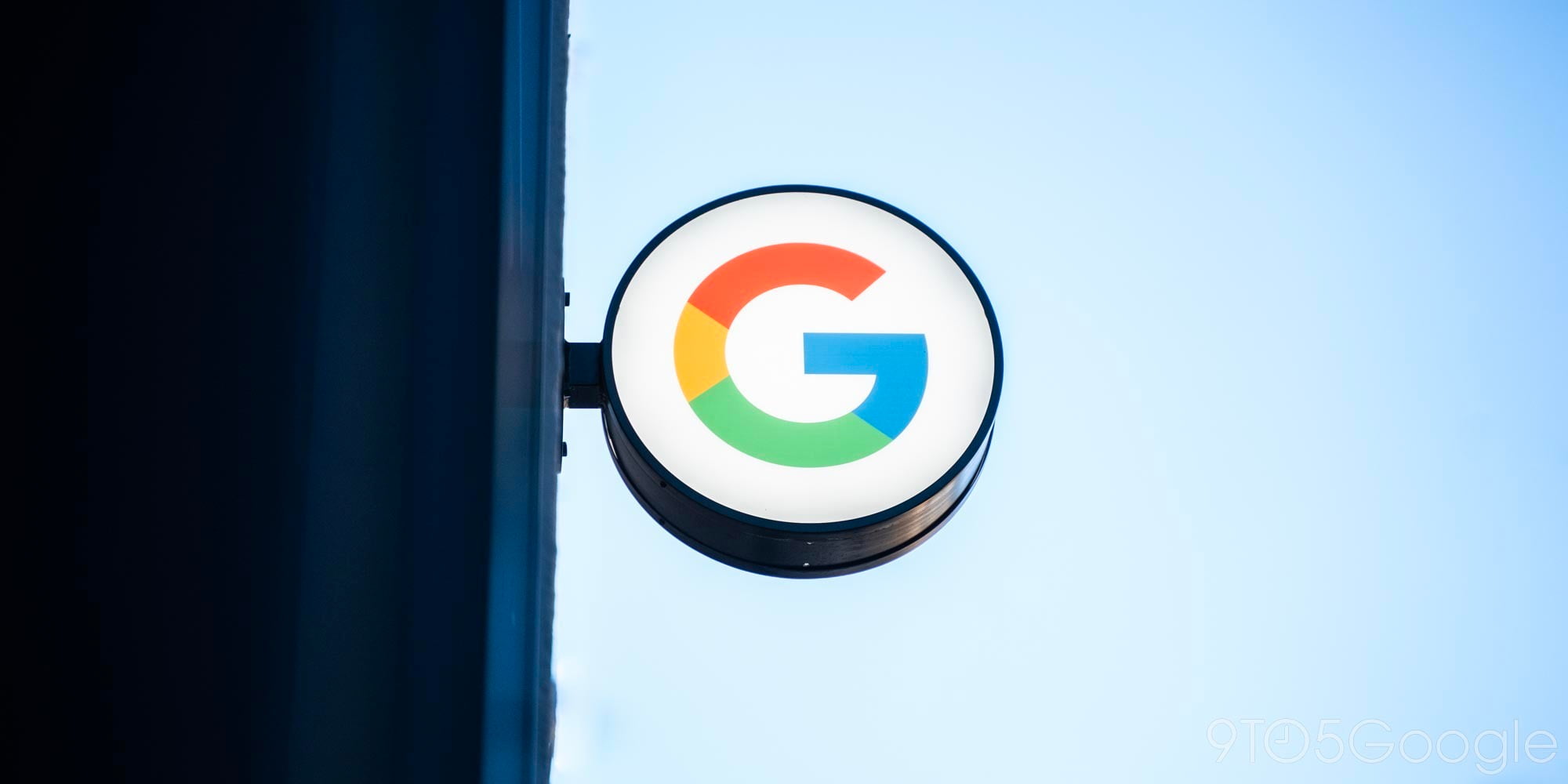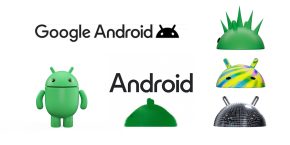
The battle of mobile platforms never ends, and the discussion can definitely get annoying at a certain point. But with each and every innovation that Apple, Google, Samsung, LG, and others bring to the table every year, there’s always something new to consider. Today, we saw the introduction of Qualcomm’s Quick Charge 3.0, and — of course — the first thing that came to mind was this question: “What does this mean for the iPhone?” In this case, it’s a pretty hilarious comparison. When it comes to battery life and charging speed, Android is — no question about it — in the lead…
My last opinion piece, laying out Apple’s 3D Touch as something that’s actually important — and something that’s going to be hard for Android to catch up to — brought about a lot of insightful discussion. While the most dedicated of Android enthusiasts would argue that Android has been capable of everything that 3D Touch offers for quite some time (albeit in different, in my opinion, lacking, ways), many of those less quick to defend the mostly gimmicky tricks of Samsung et al. would say that Apple has managed to do something great with this new technology.
Feel free to read that post, but to sum it up, I compared 3D Touch to the likes of Apple Pay and Touch ID in that it’s well built and polished, but separated it from a lot of Apple’s technology introductions in that the Cupertino company actually managed to (mostly) beat Android OEMs to the punch. While most Android blogs on that day were critical of Apple, basically suggesting that 3D Touch was a gimmick and would go nowhere, I said that the new hardware that powers 3D Touch will likely see the Android OEMs of the world start up their photocopiers. I think the concept of 3D will soon become fundamental to smartphones in general.
But one commenter, by the name of Nick Parmar, challenged me to criticize Apple in a future article:
This article gave me an interesting idea. I’ve been reading your articles for quite a while now and you tend to take the pro-Apple stand in most cases…and I think that’s great because most Android-centric publications tend to have singular, similar views about Apple products or avoid publishing such stories altogether. However, I’d love to read an article written by you, critiquing an Apple product…not just for the sake of bashing it, but genuinely dig in. Consider it a fan request. You may even find it to be a refreshing change.
And so today, with the introduction of Quick Charge 3.0, I found a little inspiration for such a piece.
But let’s first take a little step back first. Qualcomm announced Quick Charge 2.0 — a monotonous specification term in the tech news space that means “this thing can charge at a half decent rate” — all the way back in 2013. Since then, any Android flagship worth noting has pretty much included the technology by way of a newer-generation Snapdragon 800 series system-on-a-chip and a coupled quick charger. There’s Quick Charge 2.0 on the Nexus 6, the LG G4, the Galaxy Note 4, the HTC One M9, the Droid Turbo, and tons of other recognizable handsets. And before that, there was the original Quick Charge on the Samsung Galaxy S3, the Nexus 4, and dozens of other phones from the 2012 era.
Amazingly, in a world where Qualcomm Quick Charge is so ubiquitous, the iPhone still charges at “standard” speed. There’s pretty much no quick charging — Qualcomm or otherwise — in the iPhone. And philosophically, Apple may not think that’s it’s necessary. For the iPhone 6, average zero-to-full is just above two hours according to tests done by our own Jeremy Horwitz around the time of that phone’s release. And considering many — if not most — people charge their phones over night, Apple could argue that 2 hours is more than plenty of wiggle room for forgetting to charge. In typical Apple fashion, the argument is that some kind of technology they haven’t implemented isn’t necessary, because if you need it, you’re probably doing something wrong.
But I would argue — based on my own personal experience — that this is one area that the iPhone is definitely lacking. Countless times have I realized that my Nexus 6 was on the brink of dying right as I was about to take a shower and head out the door in the morning, and countless times has Quick Charge 2.0 saved my day. Even if not a full charge, getting up to 60% on my Nexus 6 in just half an hour has been one of the many reasons to keep it as my daily driver over my iPhone. Now, with Quick Charge 3.0, Qualcomm says that those same 30 minutes will get me over 70% of my battery — and 35 minutes might get me up to a solid 80%. That’s crazy.

<a href="http://9to5mac.com/2015/02/25/results-users-want-apple-to-thicken-the-next-iphone-to-improve-battery/">67% of 9to5Mac readers</a> think the iPhone needs better battery life
Based on a quick poll among our 9to5Mac team, that same amount of time might get you somewhere between 20 and 30% battery on an iPhone 6. Personally, I’ve found that number to be in about the same range. While Quick Charge 1.0, 2.0, and 3.0 all slow down after that initial burst of charging to fully charge the battery, I can’t imagine that — although we don’t know for sure — Quick Charge 3.0 would take much longer than an hour or so to get to 100% on a larger 3000+ mAh battery.
What boggles my mind is why Apple — in its infinite ability to create really great hardware — has neglected to implement anything even close to what Qualcomm has achieved with Quick Charge. Is it in attempt to keep the iPhone super-thin and make sure that the camera has to protrude from its backside? Or is Apple’s battery and chipset technology just not there? Either way, this definitely seems like it’s going to be the next Touch ID. The next Apple Pay. The next bigger iPhone. Like these three things and many others, Apple will probably introduce some kind of Quick Charge-like technology with the iPhone 7 (or whatever they decide to call it) and call it their own. They’re going to “do it right” and make it better. It will give you 85% charge in 35 minutes, rather than 80%.
I don’t think Apple really has a choice, though. Not only has the company fallen behind by several years in neglecting to introduce some kind of not-terribly-slow quick charging feature to the iPhone, the iPhone’s battery life numbers are also falling behind in comparison to what many of the Android OEMs offer in their phones. Based on the latest benchmark numbers, Apple’s larger-capacity iPhone 6 Plus can be found somewhere close to 20th place among current smartphones — with even multi-year-old phones like the LG G2, Xperia Z2, and HTC One (M8) besting Apple’s 2014 flagship. That’s not okay.
According to a recent poll on 9to5Mac, more than 60% of readers want Apple to thicken the next iPhone to improve battery life. Beyond quick charging, it looks like the Cupertino company has at least one blatantly clear area where it needs to catch up. Even its most dedicated fans — readers of 9to5Mac — think the push for sexiness has gone too far. And if Apple wants to compete with next year’s Android flagships that can reach 80% battery life in 35 minutes thanks to Qualcomm’s Snapdragon 820, the company is going to need to improve much more than just how long an iPhone stays awake in a benchmark test.
Oh, and that’s not even considering the fact that no iPhone, ever, has had wireless charging built-in.
FTC: We use income earning auto affiliate links. More.




Comments